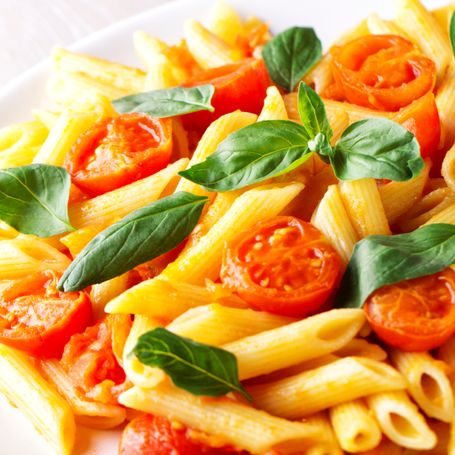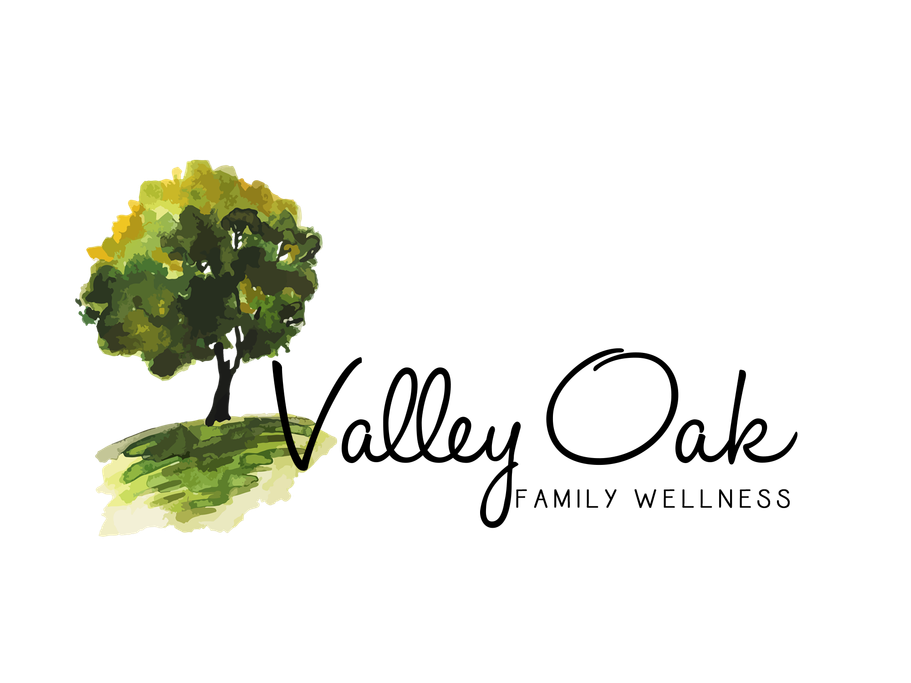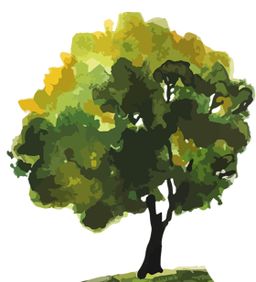
Food is important in many ways
Nutrition effects every aspect of life and crafting nourishing meals is fantastic family time
Eating well has many benefits to your health and well being. Taking the time to plan a menu and make meals from scratch is a blessing to be shared with your family. Getting the family involved makes preparing food and planning menus more fun and less like a chore. Even very young children can pick side dishes or meals for the weekly menu and help in the kitchen like washing off produce in the sink and stirring pots. As the children get older they can be taught more until they can cook a complete meal when they reach the teenage years or even before. Not only will the family get to enjoy time together cooking, this builds a skillset for your children they will forever be able to utilize.
First, nutrition basics
- Balanced eating is key
- Buying ingredients is more nutritious that buying prepared foods
- Everyone is different so there is not a single best plan for everyone, instead use guidelines
Balanced eating is the foundation used to build a successful plan. Several ideas are used here
- Eat the rainbow: eat each color of produce each day
- Balance your carbs, fat, and protein.
- Reduce or eliminate foods with low nutritional value like sugar, white flour, grains that aren't whole grains, and vegetable oils
Ensuring you have a wide variety of colors in your fruits and vegetables also means you will be getting a balanced mix of nutrients from what you eat. At our house we have a laminated print out that has examples of each color and the children help us verify that we get some foods from all colors each day with a dry erase pen. Do a web search for "eat the rainbow chart" and consider printing one out for your family.
Balancing your macro nutrients (carbs, fat, protein) helps with energy. Most prepared and quick foods are composed of carbs and cheap non-nutritive fats. Focus your diet on protein and vegetables with healthy fats like butter, coconut oil, or olive oil. For carbs focus on vegetables (potato, yam, squashes), small amounts of brown rice or oats, and the occasional whole grain wheat product. Fruit is great when fresh or frozen but do not over indulge as fruit is high in sugar and not as nutrient dense as vegetables.
Sometimes people reach adulthood without learning how to cook from scratch, but don't let the kitchen and the overly complex recipes discourage you. Basic food prep can be broken down into a few skills and most dishes can be created with just these
- Picking produce that is ripe
- Washing produce, grains, legumes before eating
- Knife skills
- Boiling
- Sautéing, or pan frying
- Baking
Ripe produce is a skill that can develop through trial and error, but there are so many internet resources to help you pick the perfect (whatever fruit or vegetable) from the store. Do a little research so you can understand how to tell a ripe pear from a non-ripe one (soft and sweet vs. hard and starchy) and other produce you would like to eat.
Washing is fairly straightforward, it is mentioned here because it is important to rinse all fruits, vegetables, grains, and legumes with water before cooking or eating. Dirt, dust, and other things you do not want to eat from the farm are common on purchased items. A thorough rinse will get all that off and can be done by even the youngest cook.
Knife skills are an area that can be intimidating. An important way to avoid injury is to always use a sharp knife. Buy a knife sharpener, learn how to use it, and sharpen any knife that becomes dull. The amount of force needed to push a dull blade through something is enough that slips and accidental cuts are common. When a sharp knife is used the amount of force needed is small which allows much greater control. When trying to cut a round item, the first cut should be to cut it in half. Putting a flat side down on the cutting board means that future cuts have less likelihood of the item rolling away or slipping. While cutting make sure that all your fingers are out of the way of the blade, you want to think about the blade's path and ensure that the vegetable and the cutting board are the only things in that path.
Boiling is a very common cooking method and can be used for so many things like grains, legumes like beans and lentils, root vegetables, etc. Using a pot that has a lid will help with two things: the lid on the pot reduces the amount of time needed to boil by keeping more heat and the lid reduces splashing if the water is boiling near the rim. When adding items to hot or boiling water put them in gently to avoid splashing the hot water on yourself or others in the kitchen. Always keep some oven mitts or hot pads around so if you need to move a pot or a lid when the handles are hot you are able to do so without getting burned.
Sautéing or pan frying is when you heat oil in a pan and cook things in the oil. This is a quick and simple way to soften up some vegetables for a side dish or cook meat and vegetables together into a meal. You will get the pan warm, add the oil, then add the vegetables, meat, or other items. A tip here is to not let the pan get overly hot before adding the oil and to add enough oil to prevent sticking (so more than the thinest coat on the pan). There are a lot of ways to have a successful dish using this method, try some stir fry recipes for a first go if you want an easy win.
Baking is an entire realm of fun and tasty food. The best advice here is to follow the recipe exactly the first time. One thing that can throw off baking with powdered ingredients is that measuring by volume (by the cup) is not nearly as accurate as measuring by weight (grams or ounces). If you can find a baking recipe with ingredients measured by weight and you have a kitchen scale your results will be much more predictable.

